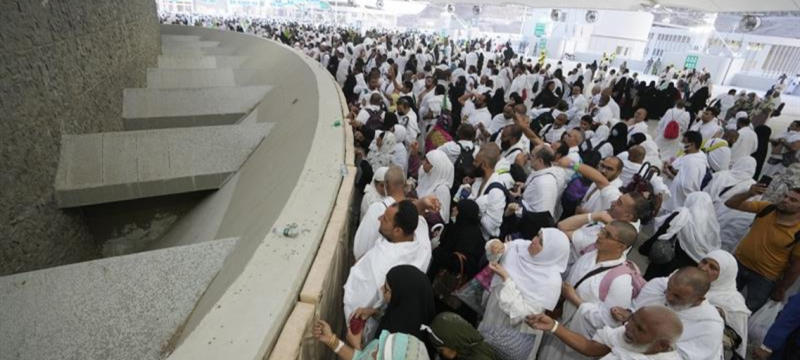Millions of Muslims gathered in Mina on Friday to perform one of the most symbolic rituals of the Hajj pilgrimage — the stoning of the devil. Over 1.6 million pilgrims took part in the ceremony, which coincided with the beginning of Eid al-Adha celebrations across the Islamic world.
The rite involves throwing seven small stones at each of three stone pillars, known as the Jamarat, representing the rejection of evil as exemplified by Prophet Abraham. The ritual marks a spiritual climax of the Hajj, emphasizing devotion, sacrifice, and the triumph of faith over temptation.
Also Read: Hajj 2025 Sees Smooth Arafat Movement, 90% Reduction in Heat-Related Cases
A day earlier, pilgrims had assembled at Mount Arafat for prayers and reflection, honoring the day Prophet Muhammad (PBUH) delivered his final sermon. Despite health officials urging caution due to extreme heat, many pilgrims chose to climb the revered site.
This year’s Hajj witnessed its lowest attendance in over 30 years, excluding the pandemic period. Saudi authorities recorded 1.6 million participants, down from 1.8 million last year. Officials noted that the drop was partly aimed at preventing overcrowding and ensuring that only registered pilgrims with access to services could perform the pilgrimage safely.









